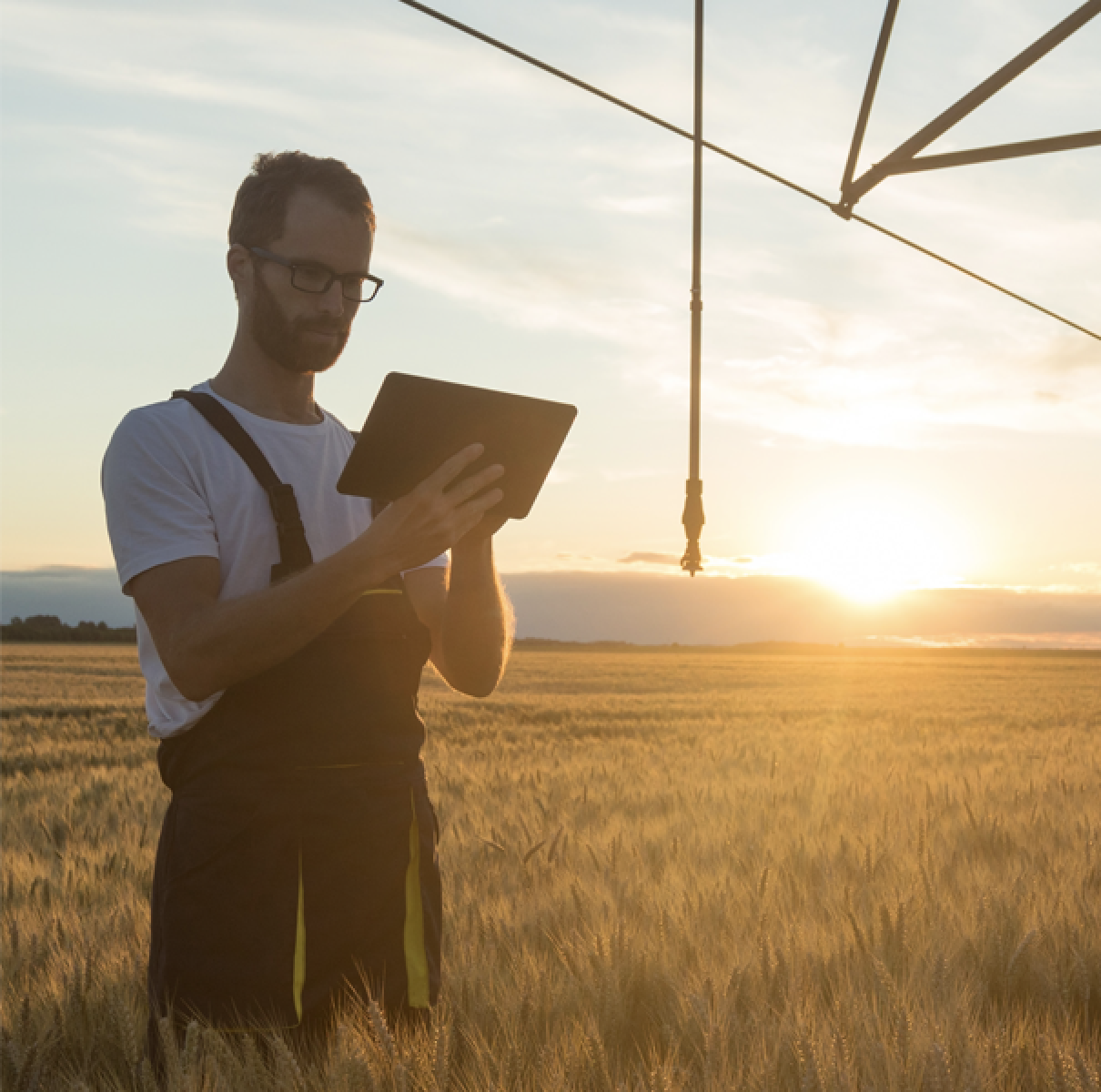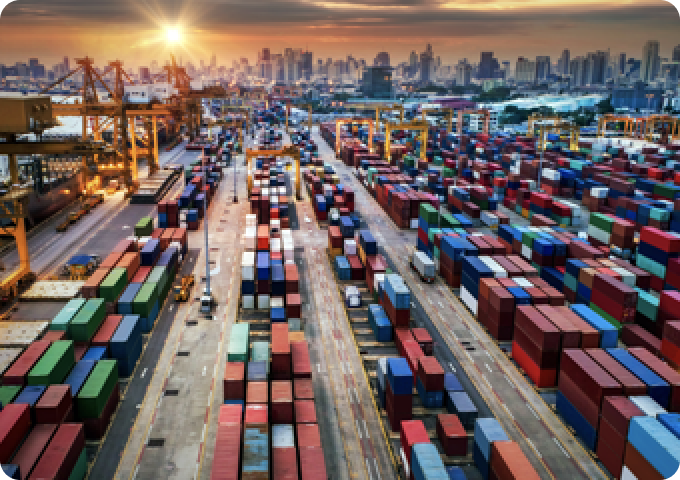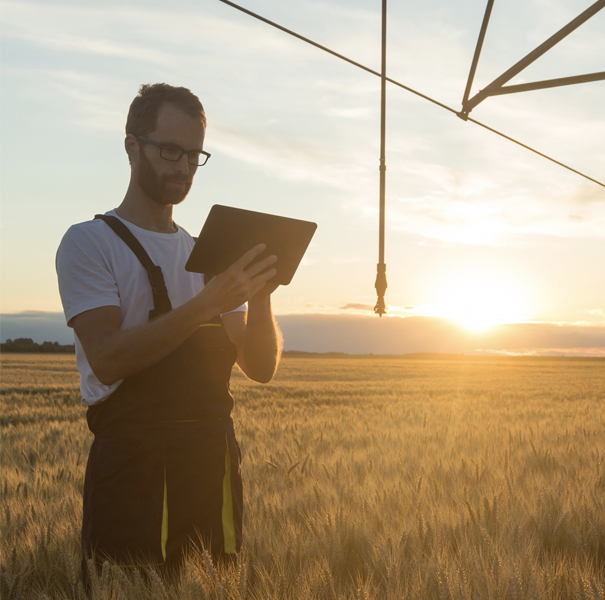Transforming Agricultural
Supply Chains


To feed a projected 9.7 billion people by 20501, our farmers need access to the latest innovations in agriculture–machinery, seeds, fertilizers, new technology, crop protection solutions, etc. Yet, the unorganized nature of farming makes it difficult for Agri-tech companies to reach farmers. According to estimates, over the 608 million farms worldwide, 70% of these are less than one hectare in size2 and are usually located in remote corners. While Agri-tech companies have tremendous growth potential in emerging markets, millions of farmers stay underserved due to infrastructure challenges and the high cost of serving them.
It’s nearly impossible for agricultural organizations to directly reach this fragmented farmer demographic, especially in emerging markets, relying on a diverse network of small distributors and wholesalers spread across geographies. A distribution network provides access to last-mile retailers and helps companies maintain business relationships. An added benefit of local partners is the ease of compliance with local legislation. Nearly 90% of sales in emerging markets are driven by the complex distribution network of thousands of distributors/wholesalers and millions of retailers3. However, creating and maintaining a distribution network has its own set of challenges.
Distributors and wholesalers in emerging markets are often small and family-run businesses. While finding the right distributor is a challenge, it’s further compounded by a lack of process and technology standardization. Typically, distributors are at different levels of digital technology maturity, often working on disparate systems and heavily dependent on paper-based and manual processing. Data silos, without an integrated and centralized system, obscure visibility into the distributors’ secondary sales and inventory, leading to poor market penetration, out-of-stock situations, loss of revenue, and low effectiveness of pricing and promotion initiatives.
For instance, distributors still rely on phone calls to place orders, creating a need for additional resources to operate the call centres. Most distributors don’t have a lot of technology infrastructure and depend on one or two systems to update sales and orders at the end of the day. They often don’t want to use a different partner system to update inventory or place orders when working with multiple partners. These non-standardized processes are error-prone and lead to delays and omissions.
In addition, onboarding more distributors on a distributor management system (DMS) is effort and cost-intensive. The need to set up the system and provide ongoing technical support etc. makes it costly for agricultural companies to onboard hundreds of distributes. Clearly, a new approach is needed to activate and optimize distribution networks in emerging markets.

7 things agricultural companies need from a distribution management system
- Streamline and simplify order management on the buy side and the sell side and get real time ordering information
- Reduce cost of onboarding with self-service apps that require minimal support
- Reduce cost to serve with self-service ordering to eliminate or reduce frequency of field rep visits
- Improve delivery planning and increase shipment accuracy with advanced visibility to orders
- Pay for what they use with flexible pricing models across affordable, byte-sized apps
- Improve salesforce productivity
- Reduce manual order touches
An agricultural enterprise needs a new approach to power an ambitious distribution strategy. AI & Automation technology can be used to drive efficiency in business operations.
- Revamp vendor onboarding process
- Automation of the ordering process leading to the digitization of orders and data capture
- Place and manage orders on the go at the click of a button
- Eliminating manual errors by centralizing data management
- Near real-time visibility of the entire distribution network
- Improve retail delivery, reach new markets and enhance the brand value
Loved what you read?
Get practical thought leadership articles on AI and Automation delivered to your inbox


Loved what you read?
Get practical thought leadership articles on AI and Automation delivered to your inbox
Several factors, such as the cost to change, contribute to the inertia in the agricultural sector when it comes to revitalizing distribution networks. However, adopting new technology and reimagining the distribution process can unlock significant gains for these companies. There is a gold mine of unmet demand in emerging markets; you only need the right solution to tap into it.
Disclaimer Any opinions, findings, and conclusions or recommendations expressed in this material are those of the author(s) and do not necessarily reflect the views of the respective institutions or funding agencies





